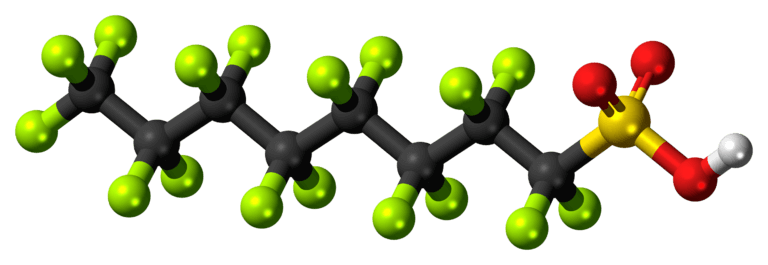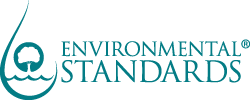In April 2018, the New York State Department of Environmental Conservation (NYSDEC) issued a memorandum that stated that the Agency is committed to analyzing groundwater samples at remediation sites for polyfluorinated alkyl substances (PFAS) and 1,4-dioxane. Since that time, NYSDEC Project Managers have been contacting site owners in New York who are conducting active groundwater remediation projects to ensure that future sampling and analytical efforts include these chemicals.
At this time, the addition of these chemicals is for groundwater programs only. Until Soil Cleanup Objectives (SCOs) are established for PFAS, soil samples do not need to be analyzed for PFAS unless groundwater contamination is detected. The analysis currently performed for semivolatile organic compounds (SVOCs) in soil is adequate for evaluation of 1,4-dioxane, which already has an established SCO.
NYSDEC is requiring laboratories to provide a full Category B deliverable, and a Data Usability Summary Report (DUSR) should be prepared during third-party data validation – a core service provided over Environmental Standards, Inc.’s (Environmental Standards’) 30 year history.

Regarding the laboratory analyses, laboratories analyzing environmental samples are required to hold Environmental Laboratory Accreditation Program (ELAP) certification for PFOA and PFOS in drinking water by US EPA Method 537 or ISO 25101. Modified US EPA Method 537 is the preferred method to use for groundwater samples due to the ability to achieve 2 ng/L (ppt) detection limits. Regarding 1,4–dioxane, the method detection limit (MDL) should be no higher than 0.28 μg/L (ppb).
Environmental Standards has prepared white papers on the sampling and analytical challenges for PFAS, and (separately) for the numerous method options and pitfalls when analyzing 1,4 – dioxane. Contact Rock J. Vitale, CEAC (Rvitale@www.envstd.com) to obtain these white papers.

